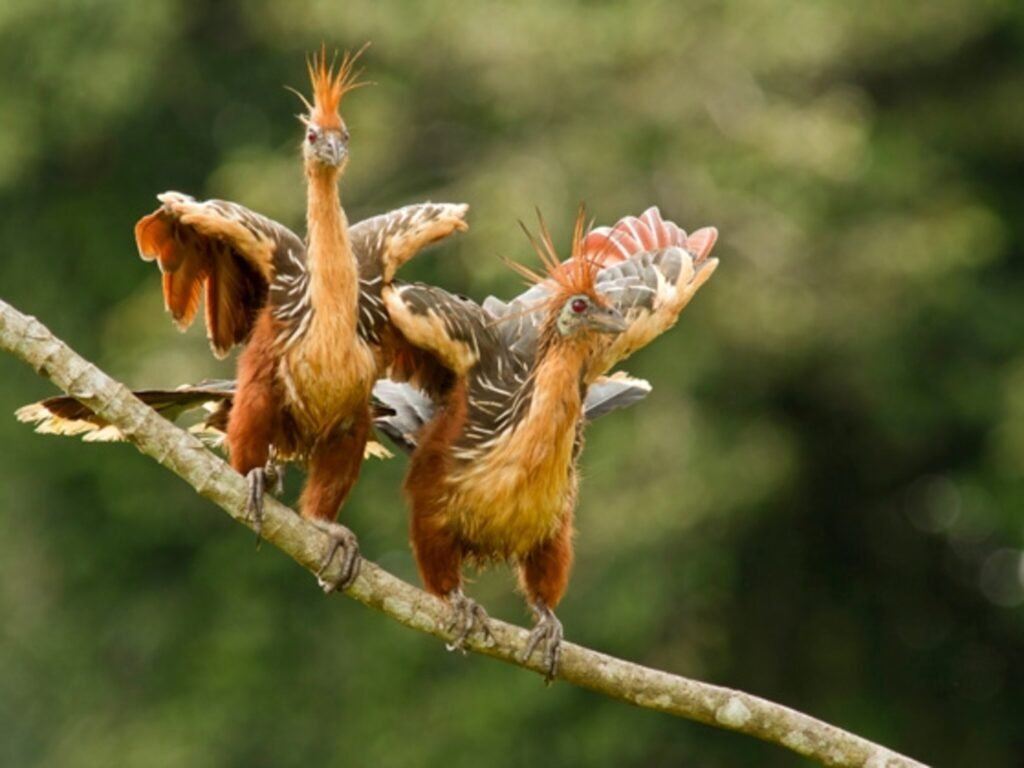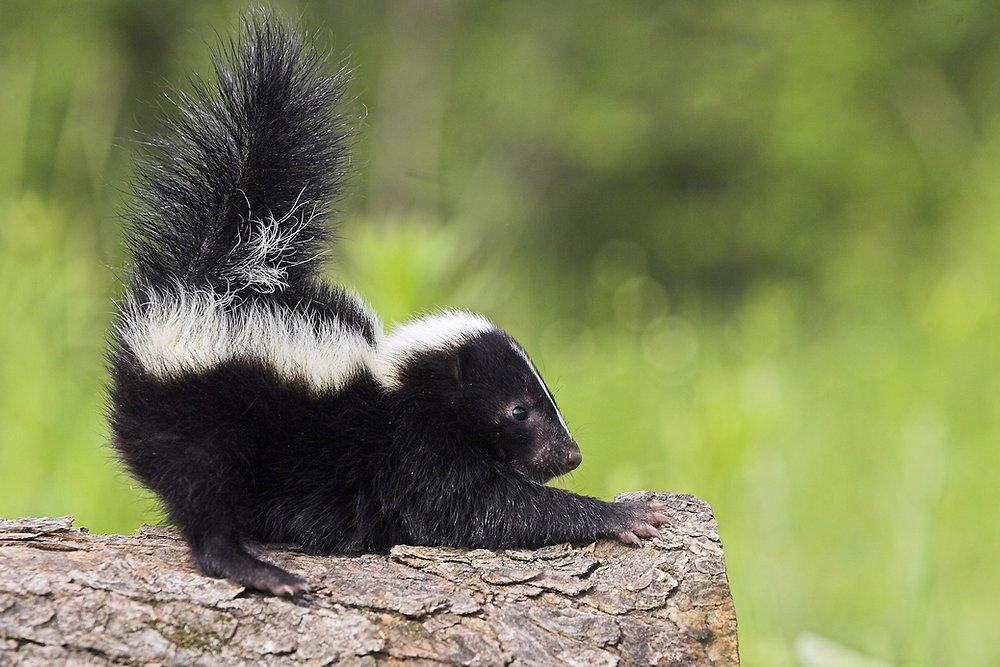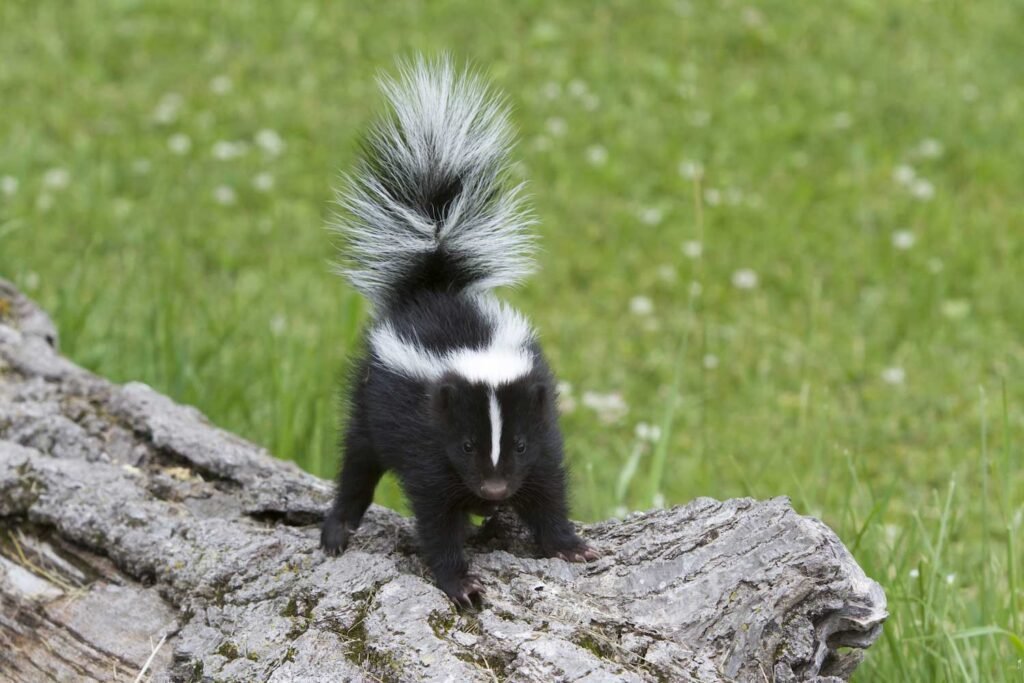Have you ever wondered which animal relies on a strong odor as its defense mechanism? From the stench of a skunk to the noxious fumes of a stink bug, the animal kingdom is home to a variety of creatures that use their strong odor as a means of protection. In this article, we will explore the fascinating world of animals and their unique defenses, focusing specifically on those that emit a potent scent. Get ready to uncover the secrets behind these olfactory warriors and discover how they have mastered the art of repelling predators.


Overview of Animal Defense Mechanisms
Animals have developed a wide array of defense mechanisms to protect themselves from potential threats. One such mechanism is the use of strong odor as a means of defense. This article will explore the concept of animal defense mechanisms, specifically focusing on the types of defense strategies animals employ and the reasons behind their use. We will also dive into a few notable examples of animals that rely heavily on strong odor as a defense mechanism, including skunks, stink bugs, bombardier beetles, striped polecats, marbled polecats, and honey badgers.
Definition of Animal Defense Mechanisms
Animal defense mechanisms refer to the various strategies and adaptations that animals employ in order to protect themselves from predators or other potential dangers. These mechanisms can take on many forms, including physical traits such as sharp spines or protective shells, behavioral strategies like mimicry or camouflage, or even chemical defenses such as venom or, in the case of this article, strong odor.


Types of Animal Defense Mechanisms
Animal defense mechanisms can be classified into various categories based on their nature and function. Some of the commonly observed defense mechanisms include camouflage, mimicry, physical protection, behavioral adaptations, and chemical defenses. Within the realm of chemical defenses, one particularly effective strategy is the use of strong odors.
Odor-based Defense Mechanisms
Odor-based defense mechanisms involve the release of strong and often unpleasant scents as a means of deterring potential predators. These odors can serve as warning signals or simply make the predator think twice before attacking. In many cases, these odors are produced by specialized scent glands located on various parts of the animal’s body. When threatened, the animal can release these scents, which can be potent enough to repel or even incapacitate predators.


Reasons for Using Strong Odor as a Defense Mechanism
There are several reasons why animals rely on strong odor as a defense mechanism. One primary reason is to deter predators. By emitting a strong and offensive scent, animals can dissuade predators from approaching or attacking them. The powerful odor acts as a warning sign, indicating that the animal is not an easy target and should be avoided. Additionally, the repulsive nature of the scent can cause discomfort or even nausea in potential predators, further discouraging them from pursuing an attack.
Another reason for employing strong odors as a defense mechanism is to mark territories. By releasing odorous secretions, animals can establish and defend their specific territories. This serves as a visual and olfactory signal to other individuals, effectively communicating the boundaries of their territory and deterring potential intruders.
Animals with Strong Odor Defense
Now let’s explore some fascinating examples of animals that rely on strong odor as their primary defense mechanism. These creatures have mastered the art of scent-based defense and have developed unique adaptations to produce and release powerful odors when threatened.
Skunks
Skunks are perhaps the most notorious example of animals with a strong odor defense. Known for their distinctive black and white coloring, skunks possess scent glands located on either side of their anus. These glands produce a liquid composed of sulfur-containing compounds, which give skunk spray its well-known pungent aroma. When threatened, these small mammals can aim and spray this foul-smelling liquid with impressive accuracy, temporarily incapacitating their predators.
Stink Bugs
Stink bugs are another group of insects that rely on strong odors for defense. These shield-shaped insects possess scent glands located on their thorax. When startled or threatened, stink bugs emit an offensive scent that serves as a warning to potential predators. This odor acts as a deterrent, making the stink bug unappealing or even harmful to predators.
Bombardier Beetles
Bombardier beetles are masters of chemical warfare in the insect world. These small beetles possess a unique defense mechanism: the ability to produce and spray a hot and noxious chemical mixture. When alarmed, bombardier beetles combine two separate chemicals stored in their abdomen, resulting in a violent chemical reaction. This reaction produces a boiling hot spray directed towards their attackers, which can inflict pain and burns, as well as emit a strong odor.
Striped Polecat
The striped polecat, also known as the African skunk, is another creature that relies on strong odors for defense. This small mammal is similar in appearance to a skunk, with black and white stripes adorning its fur. When threatened, the striped polecat can spray a foul-smelling secretion from its anal glands, just like its skunk counterparts. The odor emitted by the striped polecat is potent enough to deter most predators and keep them at a safe distance.
Marbled Polecat
The marbled polecat is a small carnivorous mammal native to various regions of Europe and Asia. While its appearance may resemble that of a skunk or a striped polecat, the marbled polecat possesses its unique defense mechanism. When threatened, the marbled polecat releases a strong and musky odor, which acts as a deterrent to predators. This odor, along with the polecat’s aggressive posturing and vocalizations, makes it clear that the marbled polecat is not to be taken lightly.
Honey Badgers
Honey badgers, known for their fearless and tenacious nature, also possess a strong odor defense. These medium-sized carnivores have a gland located near the base of their tails that secretes a powerful odor. This odor can be unleashed when honey badgers feel threatened or as a means to mark their territory. The combination of the badger’s strong jaws, sharp teeth, and pungent odor proves to be an effective defense strategy against both predators and potential rivals.


Conclusion
Animal defense mechanisms come in various forms, and the use of strong odor as a defense mechanism has proven to be highly effective for many species. Animals that possess potent odors can deter predators, mark territories, and ensure their survival in the wild. From skunks and stink bugs to bombardier beetles, striped polecats, marbled polecats, and honey badgers, these unique creatures have evolved to harness the power of scent to protect themselves. Understanding and appreciating these fascinating defense mechanisms can provide insight into the fascinating world of wildlife, highlighting the incredible ways in which animals adapt and survive.
Your Expert in Animal Control and Extermination. Trust our experience for humane, effective pest management, protecting your property and ensuring peace of mind with Michael S.





